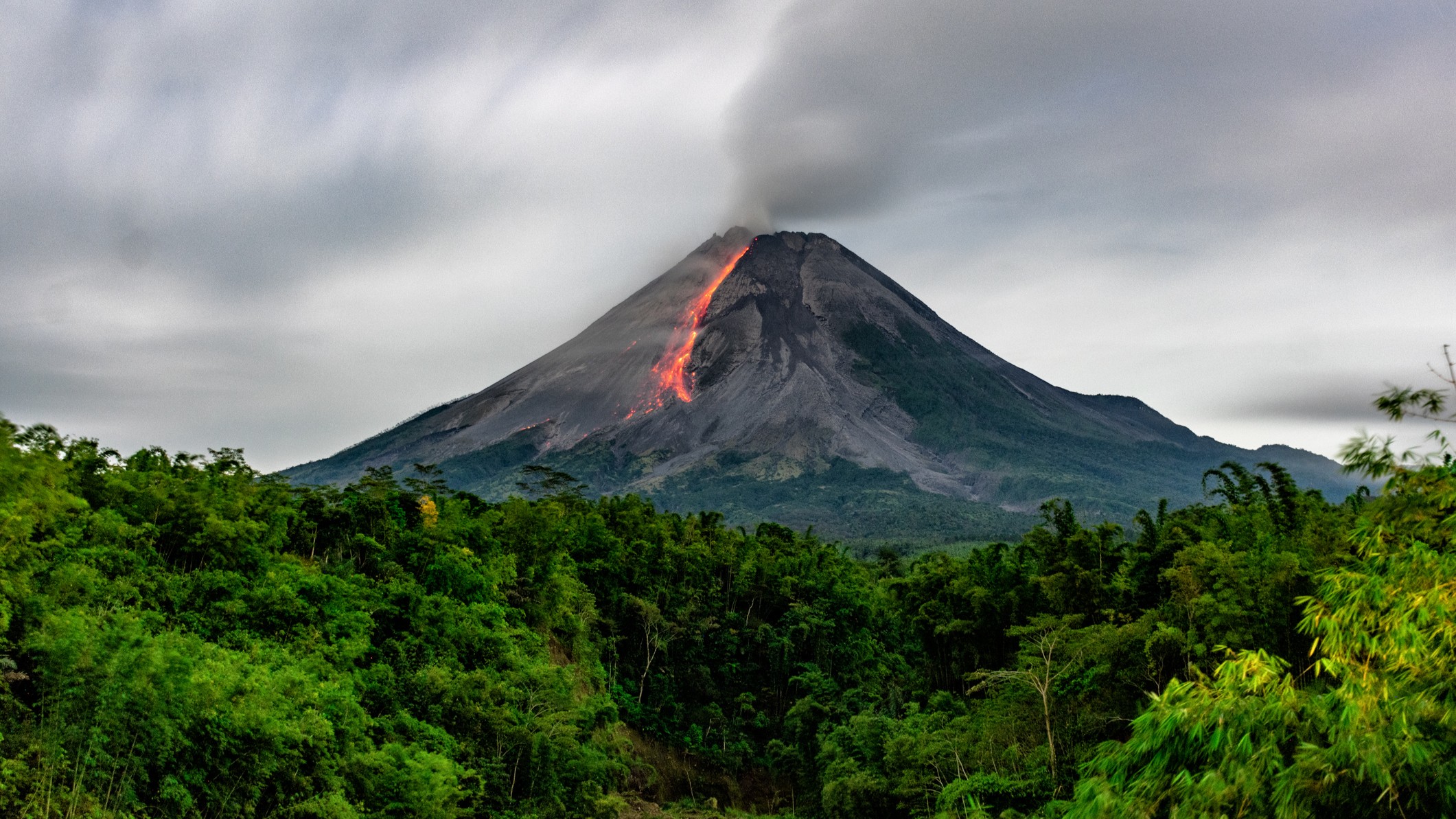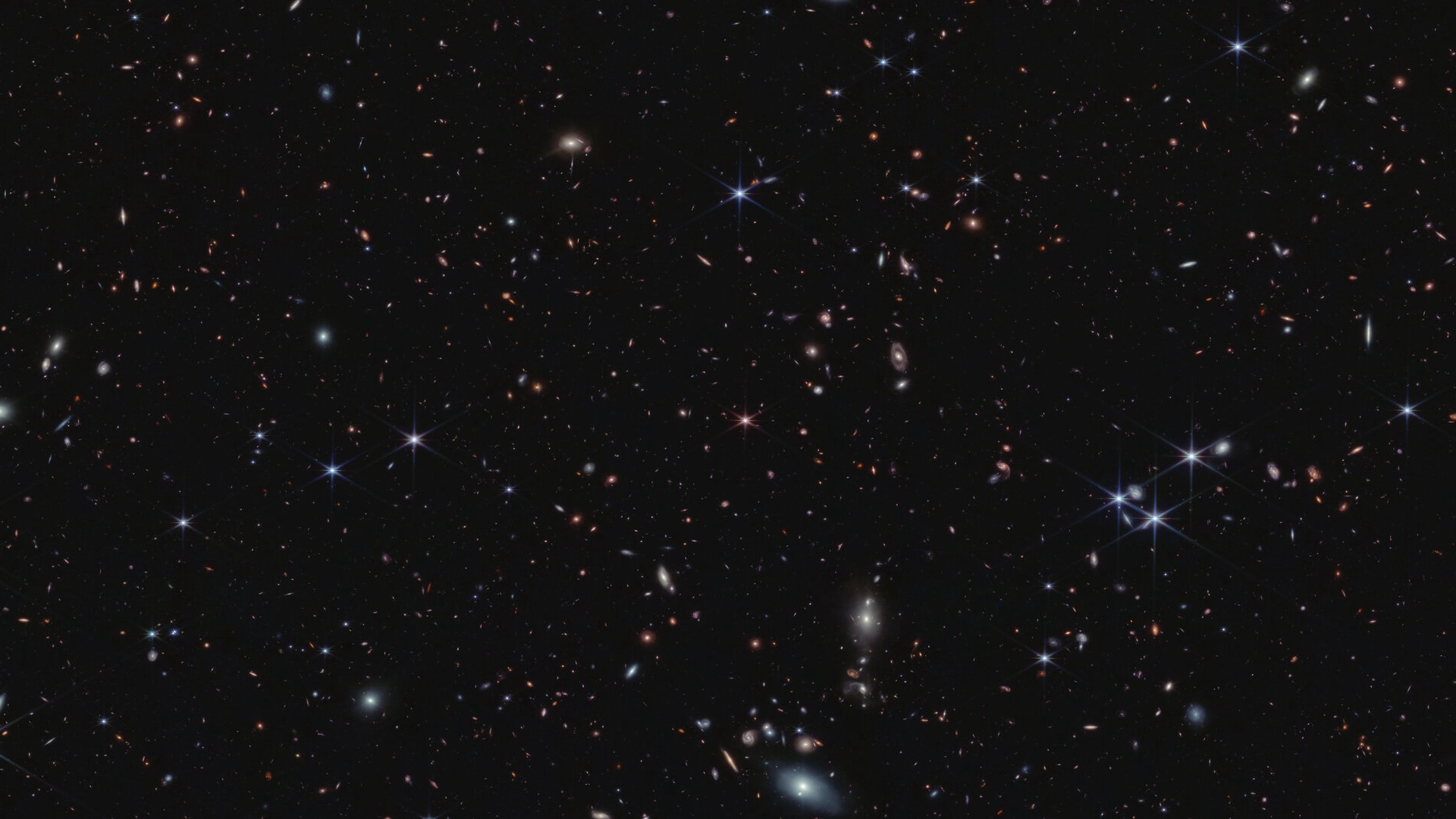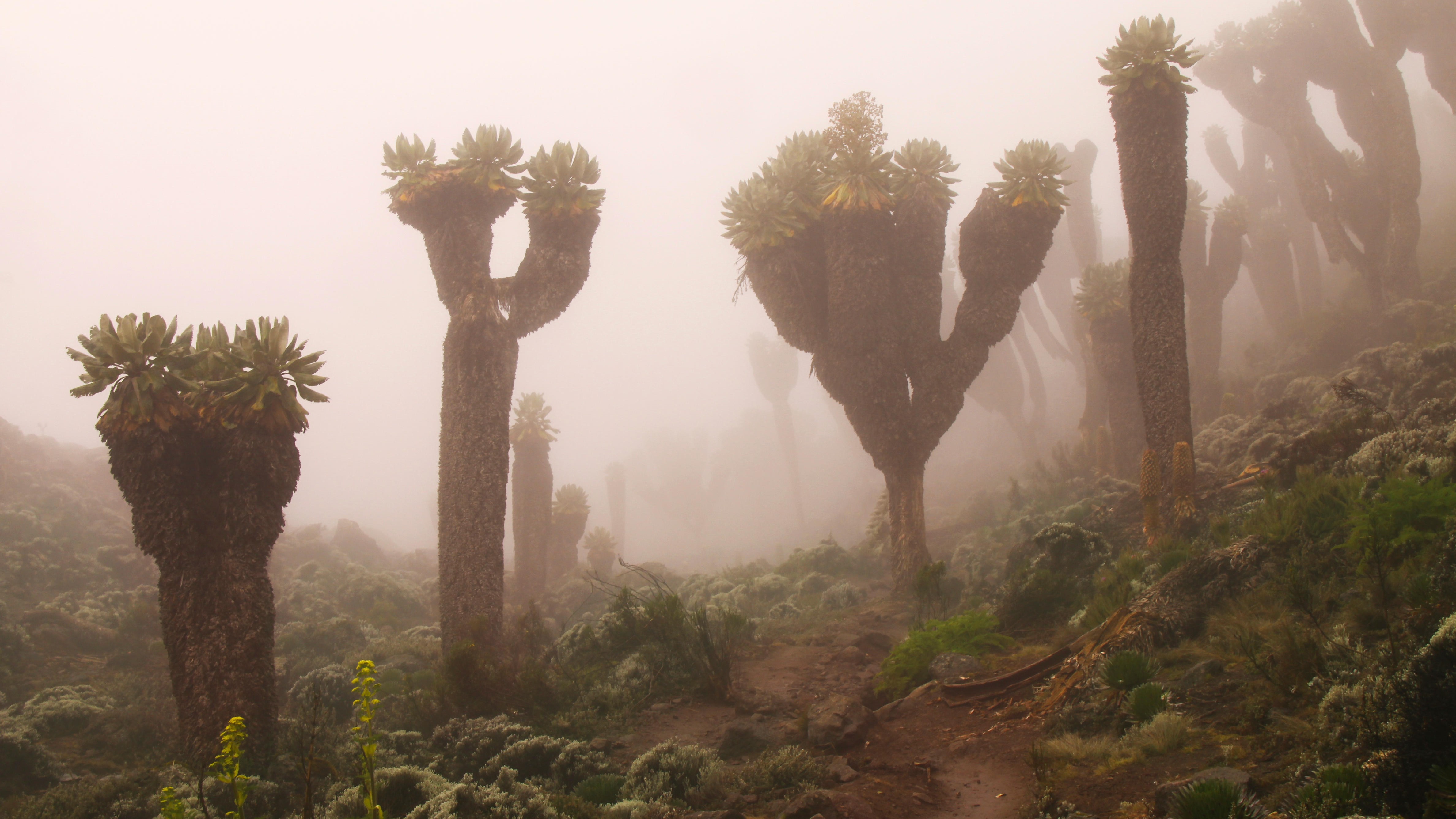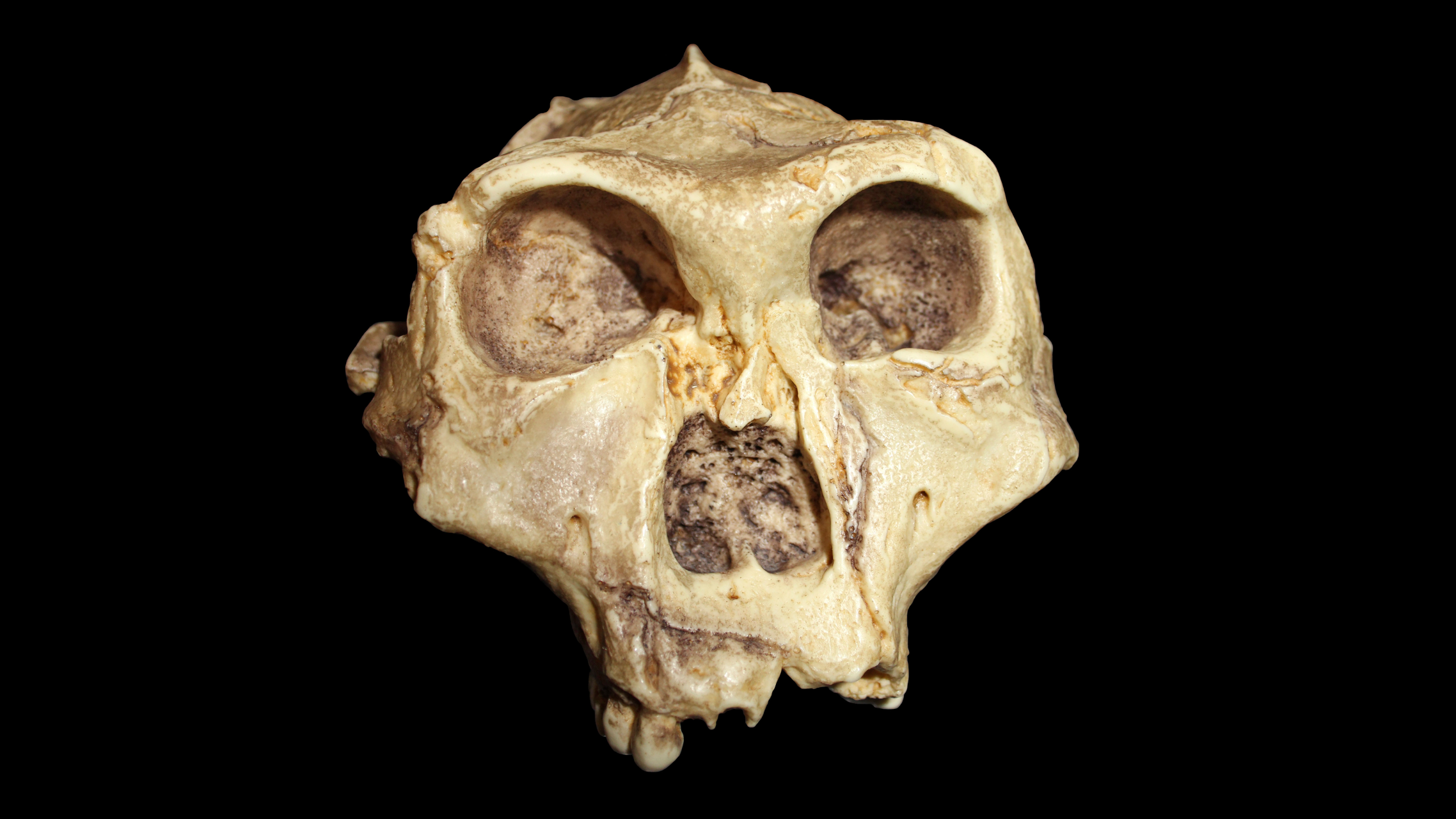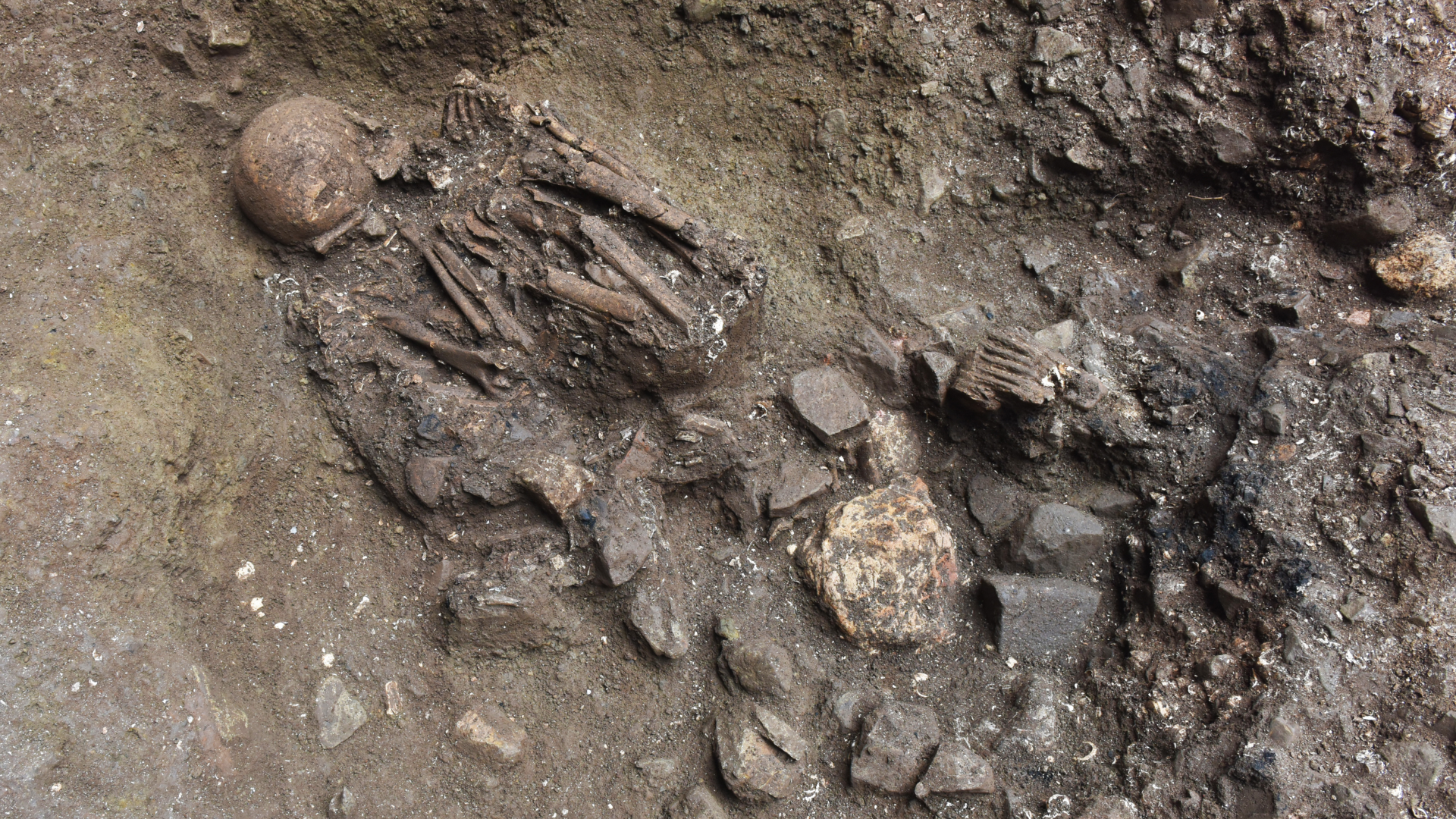Astronomers using the James Webb Space Telescope (JWST) have unveiled a hidden population of supermassive black holes in the early universe that have never been seen before.
This fascinating discovery could bridge the gap between classical quasars and the lesser-known “Little Red Dots” recently detected near the dawn of time, which may represent baby quasars.
Classical quasars are active galactic nuclei (AGNs), galaxies dominated by actively-feeding black holes that are surrounded by complex dust environments. These AGNs are powered by large supermassive black holes and are extremely bright, which makes them easily detectable despite the surrounding dust.
But in December 2022, scientists using JWST discovered a strange new type of AGN that they dubbed Little Red Dots — so named because they look like tiny, faint red spots in images. In contrast to classical quasars, these dots are smaller and dimmer, and they tend to be hidden by a lot of dust.
The connection between the two AGN types remains a mystery, prompting astronomers to search for objects with intermediate properties.
For more than a decade, astronomers have been looking out for distant quasars with the Subaru Telescope in Hawaii, and have identified several galaxies within the first billion years after the Big Bang. While the light from these galaxies was not typical of a classical quasar, the intensity of light was too high to be due to star formation alone. They suspected that these galaxies harbored AGNs, which were somehow hidden in dust. But astronomers could not prove that they were indeed a different type of AGN due to technical limitations in telescopes at the time.
Related: James Webb telescope discovers frozen water around a distant, sunlike star
Now, using the more sensitive JWST to reanalyze those puzzling objects spotted by Subaru, an international team of astronomers has confirmed the presence of fast-moving gas under the influence of the strong gravity of supermassive black holes. This proved that the objects were AGNs after all — but a type never seen before.
The findings were reported on May 7 in a study uploaded to the preprint database arXiv.
The best of both worlds
Out of 13 distant galaxies examined in the new study, astronomers found that 9 displayed clear signs of a new population of active, supermassive black holes — and their patterns of light carry the unmistakable fingerprint of quasars hidden behind heavy dust.
“We were surprised to find that obscured quasars are so abundant in the early universe,” Yoshiki Matsuoka, associate professor at the Research Center for Space and Cosmic Evolution at Ehime University, and lead author of the study, told Live Science in an email. “This means that a significant fraction of active [supermassive black holes] have been overlooked in the past ground-based surveys.”
These newly discovered “hidden” quasars are as bright as classical quasars, but the level of dust obscuring their light resembles what astronomers have found in the case of Little Red Dots. Combining the ground-based data with JWST’s detailed follow-up observations, researchers may have found the missing link between rare, bright quasars and the more common Little Red Dots seen by JWST.
“These results are robust due to the high-quality of the light spectra of these objects, with clear signatures of gas powered by supermassive black holes,” Jorryt Matthee, assistant professor and head of the research group Astrophysics of Galaxies at the Institute of Science and Technology Austria, who was not involved in the new study, told Live Science.
“While the number of new objects is high, it is not so unexpected,” Matthee said. “The gap between the two known populations is very vast, and indeed, these new objects may belong to that missing population, but there’s probably more.”
He adds that as astronomers find more of these hidden quasars and gather additional observations, the light they emit can be used to estimate the masses of stars and supermassive black holes in their host galaxies. This information will offer fresh insights into how these giants evolved in the early universe. Additionally, by comparing the number of hidden quasars discovered with what theoretical models predict, scientists can test whether these findings challenge the standard model of the universe.
Meanwhile, the team led by Matsuoka plans to use JWST to observe 30 more objects from the same Subaru Telescope sample. They are hoping to uncover more hidden quasars, including Little Red Dots.
First reported just a few years ago, Little Red Dots are still shrouded in mystery. They’re poorly understood because they appear so faint and tiny in the sky. Matsuoka explained that by combining their results with other follow-up observations to study the surrounding gas and environments, the hidden quasars will provide a vital clue to unveiling the mysterious nature of Little Red Dots.


